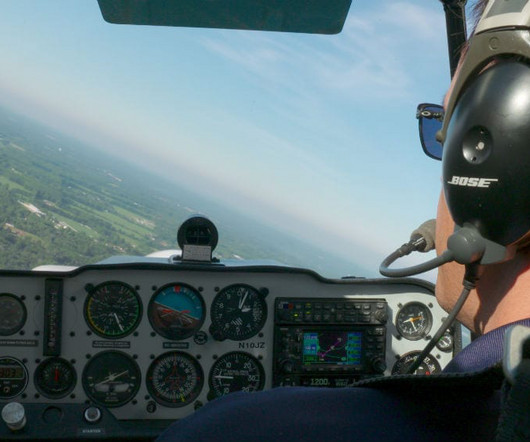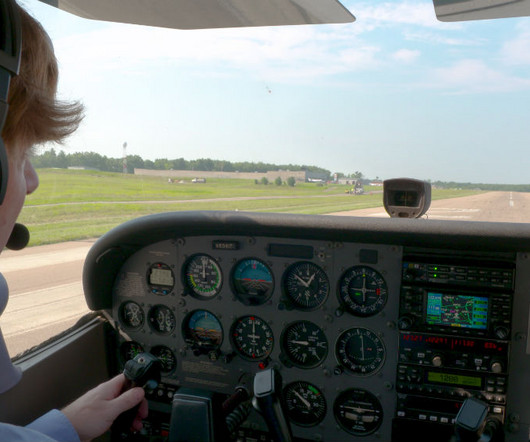What Is Air Density? A Simple Guide for Pilots
Pilot Institute
MARCH 26, 2025
Key Takeaways Air density affects aircraft performance, including lift, engine power, and propeller effectiveness. Factors influencing air density include altitude, temperature, pressure, and humidity. High-density altitude reduces aircraft performance, requiring flight adjustments.












Let's personalize your content